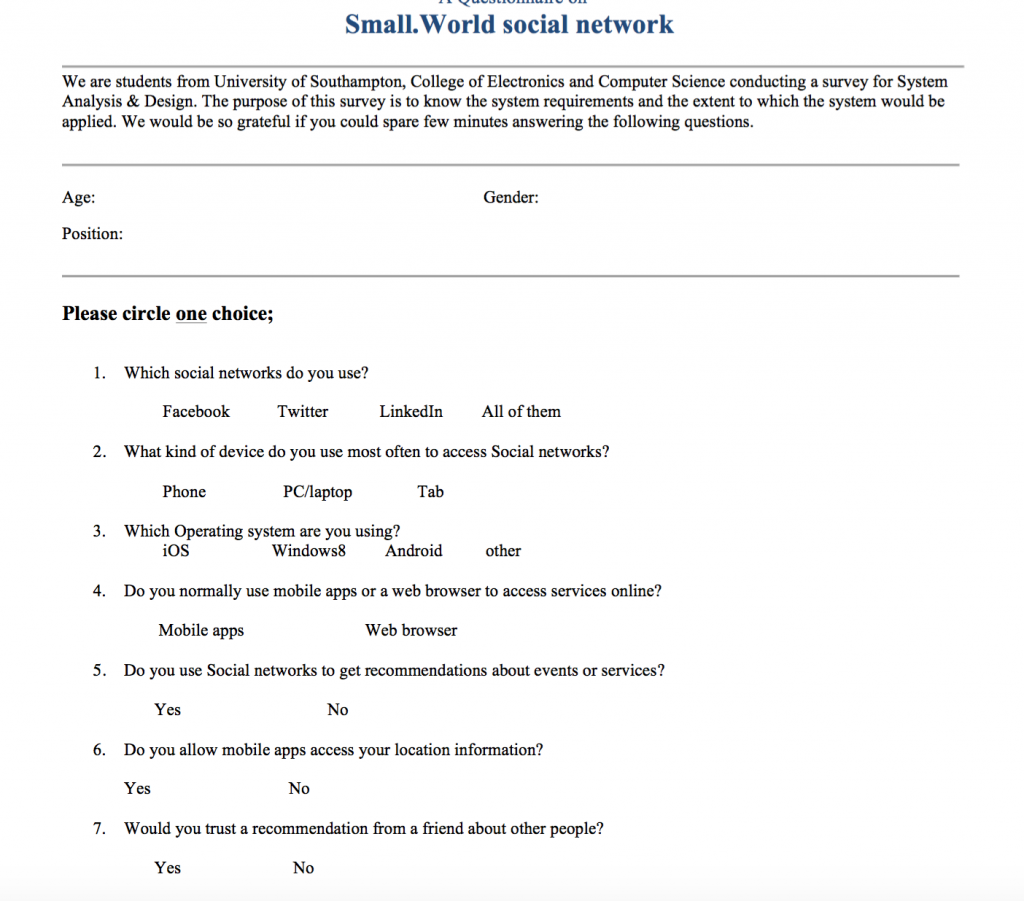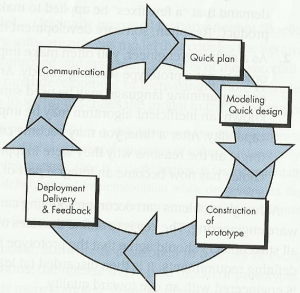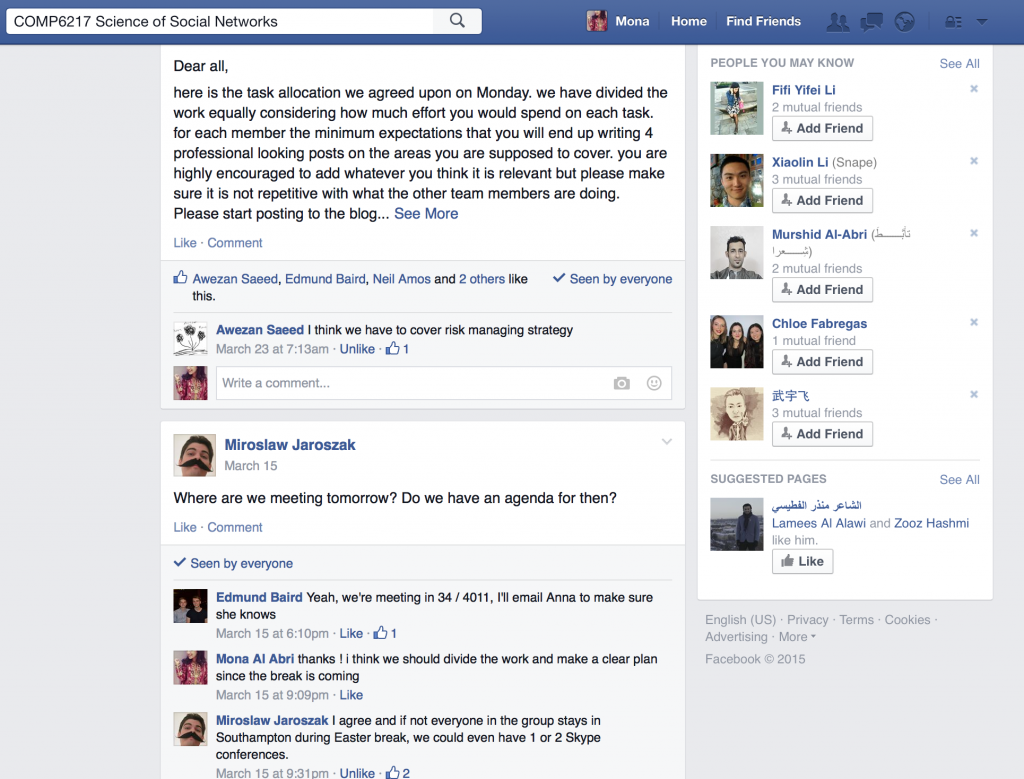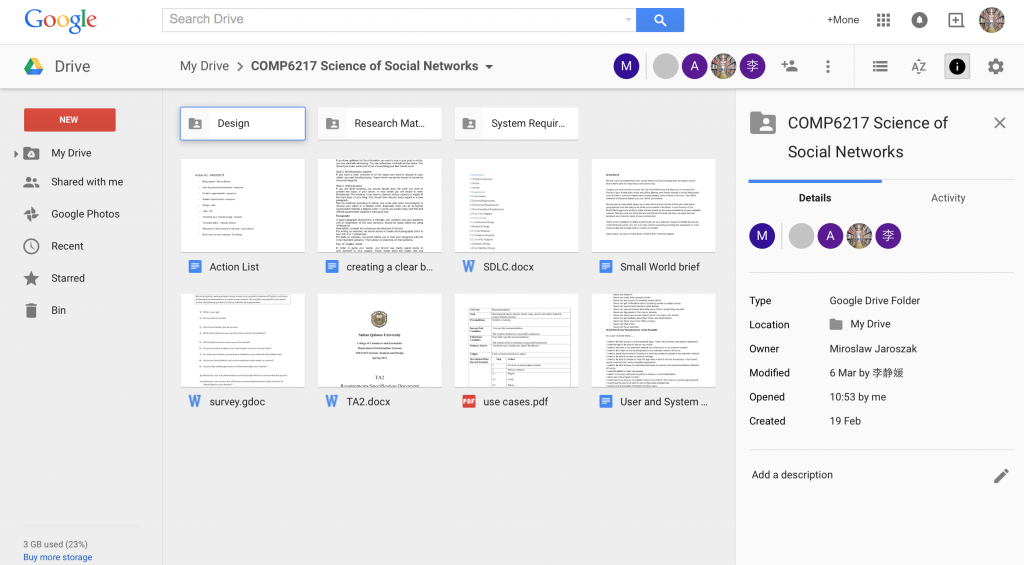There is a veritable minefield of legal questions and factors around a project such as Small World. Legislation has evolved in the area of privacy and the legality of the collection of individual’s data online. The European Union has been at the forefront of legislating for the protection of users privacy, the 2002 Privacy and Electronic Communications Directive set the tone for the role of government in the balance between individual’s privacy and the needs of brands and other data collection bodies (Goldfarb, Tucker, 2010). Indeed the EU has become the global leader in the development of stringent legal constraints to advertising and on data collection that impinges on individual freedoms. The US has also introduced much legislation that could impact on Small World’s business model, the E-Government Act (2002) set the bar for protection of government data and this has been followed by legislation specific to the storage of individual data.
Small World is inevitably conceived within the parameters of such constraints as its business models requires the use of individual’s data to sell advertising and fund the growth of the network. As such any work in this area has to be carefully undertaken and must conform with legislation. The difference in regional approaches to data protection is an important consideration and could become very complicated in a potentially global network.
Small World has to be mindful of:
-Where Data is stored and the legal implications of this, e.g. the geographic location of servers and data vaults and the implications for data assurance.
-Regional or national differences in data protection, conformity to legal requirements and government policies on surveillance or freedom of information.
-The use of tracking cookies and other methods of collating data and the legal constraints on this.
-The rights of individuals to see the information held about them.
It is perhaps wise to conform to the strictest of legislative frameworks and then adapt them to local markets where appropriate. Small World should be an ethical custodian of data and work towards that development of policies that protect individuals and store data in a responsible way. In this environment trust is key and should be a big factor in the development of our brand and our corporate identity. Small World should commit to prioritising conformity with legislation and factor in the cost of compliance with any business strategy.
References
Goldfarb A, Tucker C (2010), Privacy Regulation and Online Advertising, Management Science, Vol.57, No.1, pp.57-71.









